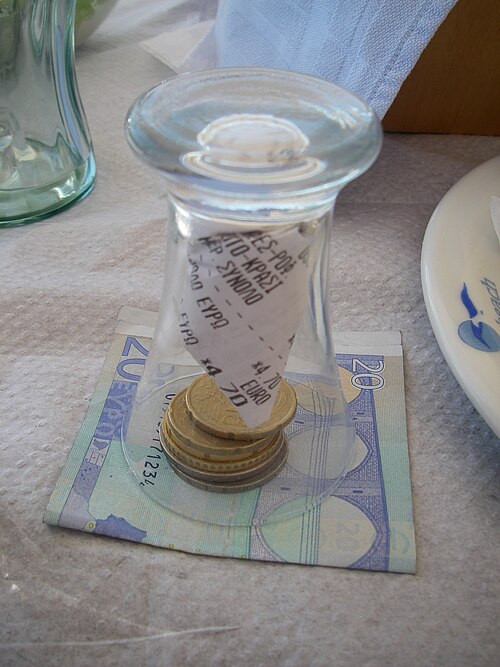Esta web utiliza cookies para que podamos ofrecerte la mejor experiencia de usuario posible. La información de las cookies se almacena en tu navegador y realiza funciones tales como reconocerte cuando vuelves a nuestra web o ayudar a nuestro equipo a comprender qué secciones de la web encuentras más interesantes y útiles.
An experiment on outcome uncertainty
We report the evidence of a multi-stage lab experiment on individual decision making under ambiguity, where the latter is characterized by the (partial or) absence of information on some monetary values in the support of the lottery distributions. This complements the standard treatment of uncertainty where decision makers know the monetary prizes, but probabilities are uncertain. We use both a structural and a non-structural approach when analyzing subjects’ behavior under risk, compound risk, and outcome ambiguity. Our main finding is that subjects are risk-averse and ambiguity lovers in that they evaluate more optimistically uncertain payoffs under ambiguity compared to compound risk. We also study how subjects evaluate scenarios with uncertain outcomes: 60% of choices are consistent with the Expected Utility paradigm, while 40% of them are better described by a heuristic we label as “naïve,” in which the order of integration of Expected Utility is reversed (that is, they first form a point estimate of the uncertain payoffs, and then they evaluate the lotteries’ expected utility). Finally, we also find that risk and ambiguity aversion are positively correlated.
Albarran, P., J. Alonso, C. Herrero, G. Ponti, M. Sartarelli y D. Topazio (2025). «An experiment on outcome uncertainty». Journal of Risk and Uncertainty 70: 147-170.



